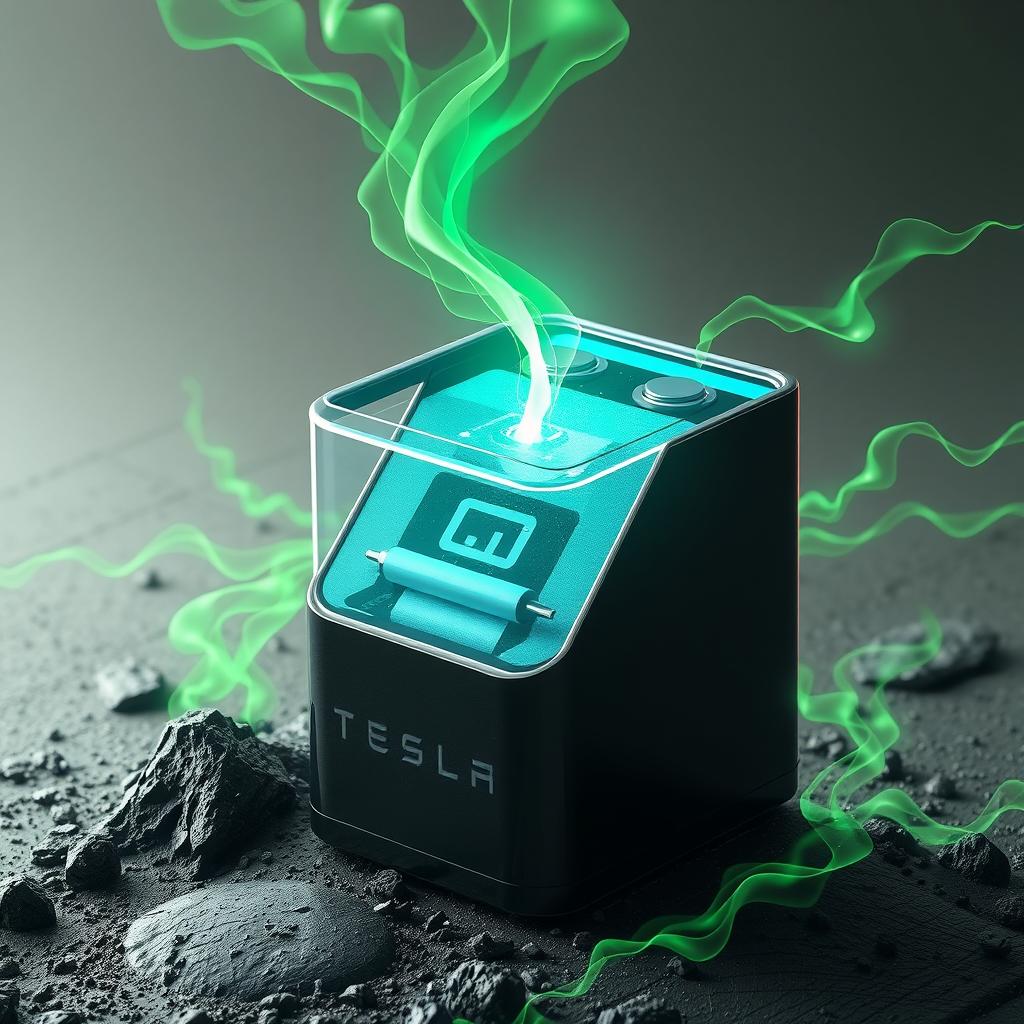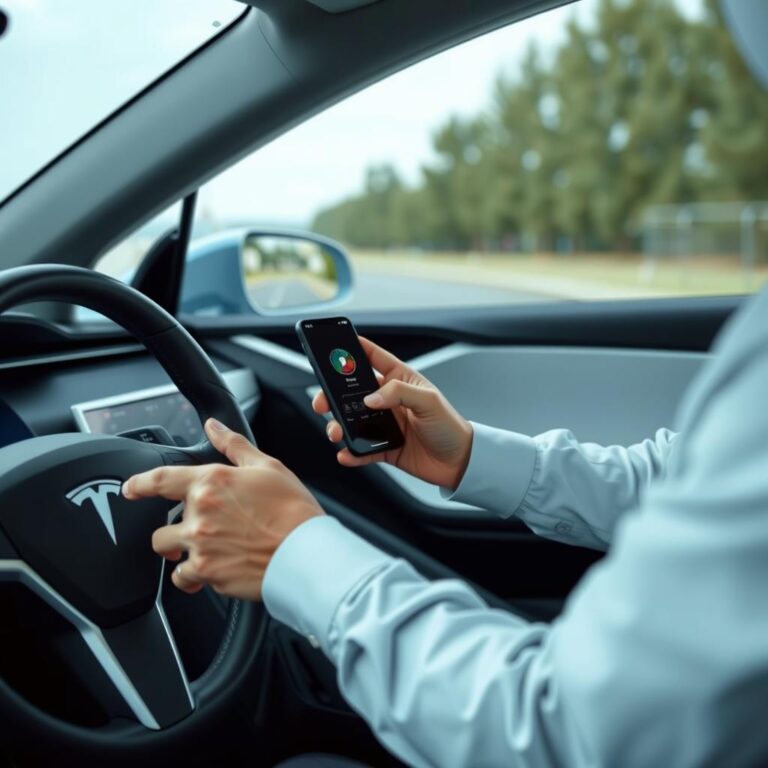Are Tesla Car Batteries Bad For The Environment?
Are Tesla car batteries bad for the environment? This question keeps popping up as more people switch to electric vehicles (EVs). Tesla is leading the EV revolution, but not everyone is convinced it’s entirely eco-friendly.
Let’s break this down. Are Tesla batteries really harming the planet, or is it just another internet debate?
How Tesla Batteries Are Made (And Why It Matters)
Tesla car batteries use lithium-ion technology. That means they need lithium, cobalt, nickel, and other rare minerals. Here’s the issue:
- Mining is destructive – Extracting lithium and cobalt requires digging deep into the earth, often destroying local ecosystems.
- Water consumption is massive – Lithium mining uses thousands of gallons of water per ton of lithium extracted.
- Child labor concerns – Some cobalt mining operations in the Democratic Republic of Congo have been linked to child labor.
So, before a Tesla even hits the road, its battery has already left a mark on the planet.
Carbon Footprint of Making a Tesla Battery
Many assume EVs are automatically greener than gas cars. But building a Tesla battery has a huge carbon footprint.
According to studies, producing a single EV battery can emit up to 17 tons of CO2. That’s because:
- Battery production is energy-intensive – Factories require massive amounts of electricity.
- Raw materials must be transported – Mining happens in one country, refining in another, and manufacturing in yet another.
- Supply chains rely on fossil fuels – Most of the world’s logistics still run on diesel and coal power.
That means a Tesla starts its life with a higher carbon footprint than a traditional gas-powered car.
Does Tesla Battery Recycling Solve the Problem?
Some argue Tesla’s battery recycling program makes up for its production emissions. Tesla does have a closed-loop recycling system, but recycling lithium-ion batteries is far from perfect.
Here’s why:
- Recycling is expensive – Recovering lithium, cobalt, and nickel costs more than mining new materials.
- Not all batteries get recycled – Many end up in landfills, creating toxic waste.
- Recycling still requires energy – Processing used batteries isn’t emission-free.
Tesla is improving its recycling game, but right now, it’s not enough to make battery production fully sustainable.
Charging a Tesla Isn’t Always Green
What powers an EV matters. A Tesla charged using solar or wind energy is much cleaner than one charged with coal-generated electricity.
But here’s the reality:
- Most electricity grids still rely on fossil fuels – In the U.S., nearly 60% of electricity still comes from coal, oil, and natural gas.
- Charging at peak hours increases demand – More demand means power plants burn more fuel.
- Battery charging isn’t 100% efficient – Some energy is lost as heat.
So, while Tesla cars don’t emit CO2 while driving, they can still have an indirect carbon footprint, depending on where you plug them in.
Are Tesla Batteries Better Than Gasoline?
Despite the concerns, Tesla batteries still beat gasoline in long-term sustainability. Here’s why:
- No tailpipe emissions – Gas-powered cars constantly emit CO2, while EVs don’t.
- Batteries last a long time – A Tesla battery can last 300,000 to 500,000 miles before needing replacement.
- Technology is improving – Battery efficiency, recycling, and sustainable mining practices are getting better.
So while Tesla batteries aren’t 100% eco-friendly, they’re still an upgrade over gasoline.
Final Thoughts
Are Tesla car batteries bad for the environment? The answer isn’t black and white.
Yes, mining is destructive, battery production has a carbon footprint, and charging isn’t always green.
But, Tesla still produces fewer lifetime emissions than gas-powered cars, and battery technology is improving fast.
So, while Tesla batteries aren’t perfect, they’re still pushing the world toward a cleaner future.

What’s the Future of Tesla Batteries?
The good news? Tesla is working on solutions to reduce the environmental impact of its batteries.
Here’s what’s coming:
- Next-gen battery tech – Tesla is developing 4680 battery cells, which use fewer raw materials and have a lower carbon footprint.
- Sustainable mining – More ethical lithium and cobalt mining practices are being pushed to reduce environmental and human costs.
- Battery innovations – Solid-state batteries, which could be greener and longer-lasting, are in development.
As technology advances, Tesla’s batteries will likely become even more environmentally friendly.
Are Tesla Superchargers Eco-Friendly?
Tesla’s Supercharger network makes charging fast and convenient, but is it clean?
It depends:
- Some Superchargers run on renewable energy – Tesla is installing solar-powered stations to reduce grid reliance.
- Most still use local grid power – If that power comes from fossil fuels, charging a Tesla isn’t 100% green.
- More green energy projects are coming – Tesla is working to make Superchargers more sustainable.
For now, charging a Tesla is cleaner than filling up a gas tank, but it’s not perfect.
How Tesla Compares to Other EV Brands
Tesla isn’t the only EV brand on the market. Other automakers are also trying to make greener batteries.
Here’s how Tesla stacks up:
- Better battery efficiency – Tesla’s battery tech lasts longer and degrades slower than most competitors.
- More recycling efforts – Companies like Rivian and Lucid are just starting to catch up on recycling initiatives.
- More sustainable energy integration – Tesla’s solar and battery storage systems make it a leader in green energy.
While no EV is truly zero-emission, Tesla is ahead in sustainability efforts.
FAQ: Common Questions About Tesla Batteries and the Environment
Do Tesla batteries cause pollution?
Not directly. They don’t produce emissions while driving, but mining, production, and energy use contribute to pollution.
Are Tesla batteries recyclable?
Yes, but the process is still developing. Tesla is working to improve battery recycling efficiency.
Does charging a Tesla use fossil fuels?
It depends on the electricity source. If you use solar panels or a clean energy grid, your Tesla is much greener.
What happens to old Tesla batteries?
Some are repurposed for energy storage, while others are recycled to extract valuable materials.
Final Verdict: Are Tesla Car Batteries Bad for the Environment?
The short answer? Not as bad as gas cars, but not perfect either.
Tesla batteries have an environmental impact due to mining, production, and energy use. But they still reduce emissions over time compared to traditional gasoline vehicles.
With better battery technology, improved recycling, and cleaner energy sources, Tesla’s environmental impact will continue to shrink.
So while Tesla batteries aren’t completely eco-friendly today, they’re helping push the world toward a cleaner future.

